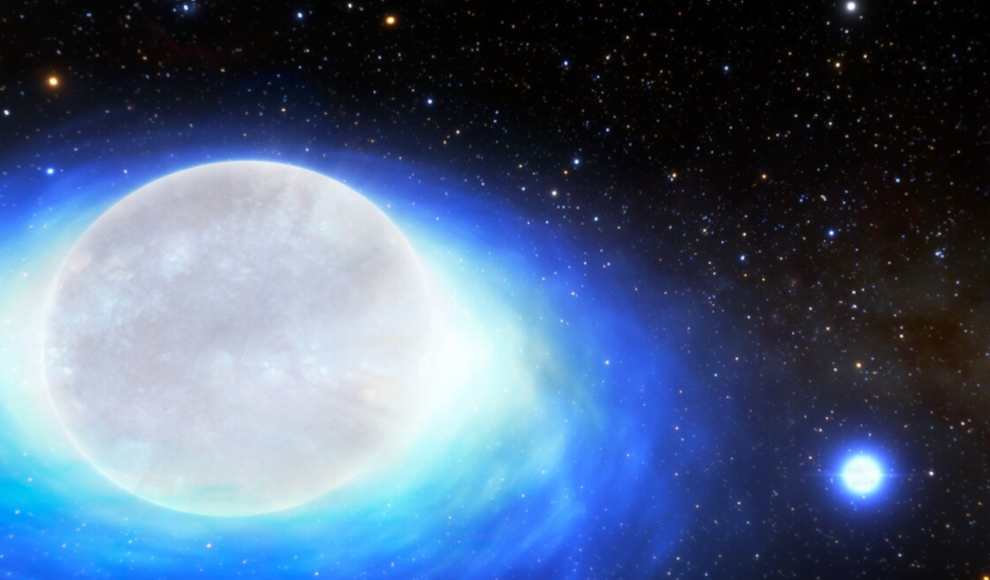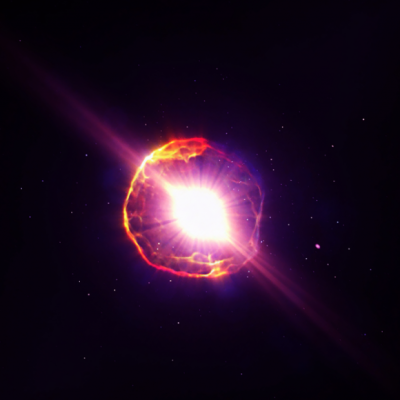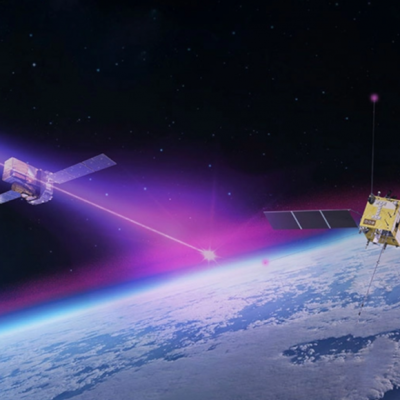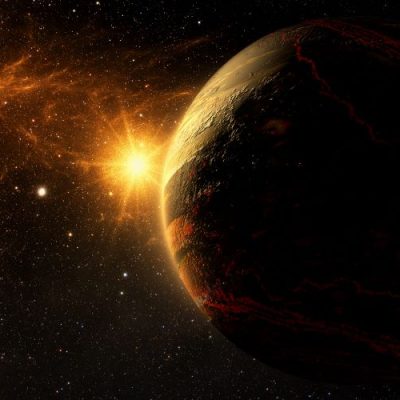Astronomers have discovered an extremely rare double star system in the Milky Way that is expected to end in a Kilonova. The system, known as CPD-29 2176, consists of a massive blue star and a small neutron star that orbit closely. The astronomers believe that the large star will explode as a supernova in about a million years, leaving behind two neutron stars that will eventually collide and end in a Kilonova. This explosion produces heavy elements such as silver and gold and is about a thousand times more energetic than a classic nova, but less bright than a supernova.
The discovery of CPD-29 2176 has led astronomers to revise their estimate of the number of suitable double star systems in the Milky Way from one or two to about ten. The system is unusual because the Ultra-Stripped Supernova that occurred after the first star’s explosion was relatively weak and did not eject the other star from the system. As a result, the stars continue to orbit closely.
According to Noel D. Richardson, the lead author of the study published in the journal Nature, double star systems like CPD-29 2176 are “vanishingly rare.” The discovery of this system provides a unique opportunity for astronomers to study the evolution of double star systems and the formation of heavy elements in the universe.







-400x400.jpg)


